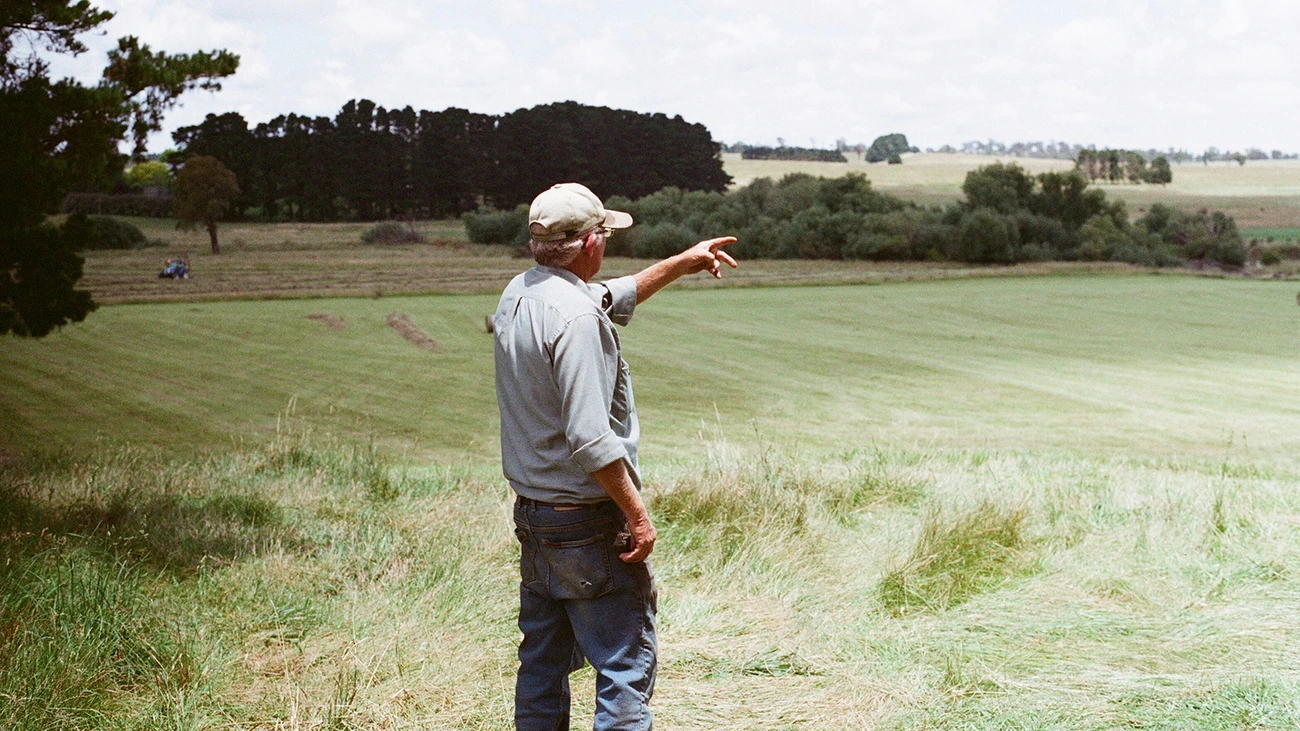The NT led Australia in both wage and hours worked growth in the past year cementing its place as the country’s most industrious region.
The Northern Territory has surged ahead of the rest of the country to claim the top spot for both wage growth and hours worked according to the Employment Hero Australia June Jobs Report. Over the 12 months to June 2025 the NT recorded a 6.7 percent increase in median wages and a 2.4 percent rise in hours worked, the highest in both categories nationwide.
While the national picture reveals stagnated hours worked figures the NT is bucking the trend with its workforce both earning more and putting in more time on the job. Across Australia average hours worked rose just 0.5 percent year on year. In some states like New South Wales and Victoria growth in working hours was flat over the same period.
A Standout in a Flat Labour Market
The report, aggregated from anonymised real-time data from over 300,000 businesses and 1.2 million employees, shows a growing disconnect across most of Australia between wage, employment growth and hours worked. National median pay packets increased 5.1 percent over the past year yet hours worked barely moved. But the NT tells a different story with gains in compensation matched by increased work effort.
“In a climate where many regions are experiencing rising wages without an equivalent lift in productivity the NT is a clear outlier” says David Holland, Managing Director of Talent Marketplace at Employment Hero. “This data suggests that NT employers are managing to extract more value from a motivated and active workforce. It points to an economy where labour input and remuneration are most aligned.”
Western Australia Gathers Momentum
Western Australia is the only other state showing similar momentum with a 5.8 percent increase in median wages and a 1 percent rise in hours worked over the same period. While WA had lagged slightly behind other states during late 2024 it has rebounded strongly since March 2025 according to the Employment Hero AU June Jobs Report.
“WA’s performance shows what a short period of economic recovery can achieve” says Holland. “If the current growth continues WA could soon be competing with the NT across several key employment indicators.”
Queensland and South Australia have delivered more consistent but moderate growth in wages and employment over the year indicating a stable but less dynamic labour market.
Youth and Industry Trends Underpin Territory Growth
The NT’s labour market performance may also reflect broader national shifts seen in the June Jobs Report. Employment Hero data shows that employment among 14 to 17-year-olds surged 31.2 percent year on year with average hours worked rising by 17.5 percent in this group. These gains are most pronounced in industries like construction and trade which have also recorded the highest employment growth nationally at 6.9 percent.
For the NT where industry mix and demographic structure differ from the major states, younger workers and traditionally labour-intensive sectors may be contributing to the territory’s higher hours and wage growth.
Implications for Business Leaders and Policymakers
For business owners and HR professionals operating in or entering the NT the latest report provides a clear warning and a potential opportunity. Labour is in high demand, wages are rising and employers may need to rethink talent retention strategies.
“This is more than a data trend, it is a strategic signal” says Holland. “If you’re planning workforce expansion in the NT you’ll need to prepare for greater competition for skilled staff and potentially higher payroll costs. But unlike other states where output hasn’t kept pace with wages the NT suggests better alignment between compensation and performance.”
What the NT Tells Us About Australia’s Labour Future
As the country navigates a high-cost environment with mixed productivity signals the NT may offer a glimpse of what effective wage-to-output alignment looks like. The territory is not just paying more it is working more. That kind of balance will be critical as Australia tries to sustain employment gains in a tightening economic cycle.
Whether driven by industry growth, youthful labour force participation or regional economic planning the NT has emerged as a leader in both compensation and commitment.
Read the full AU June Jobs Report here.


























